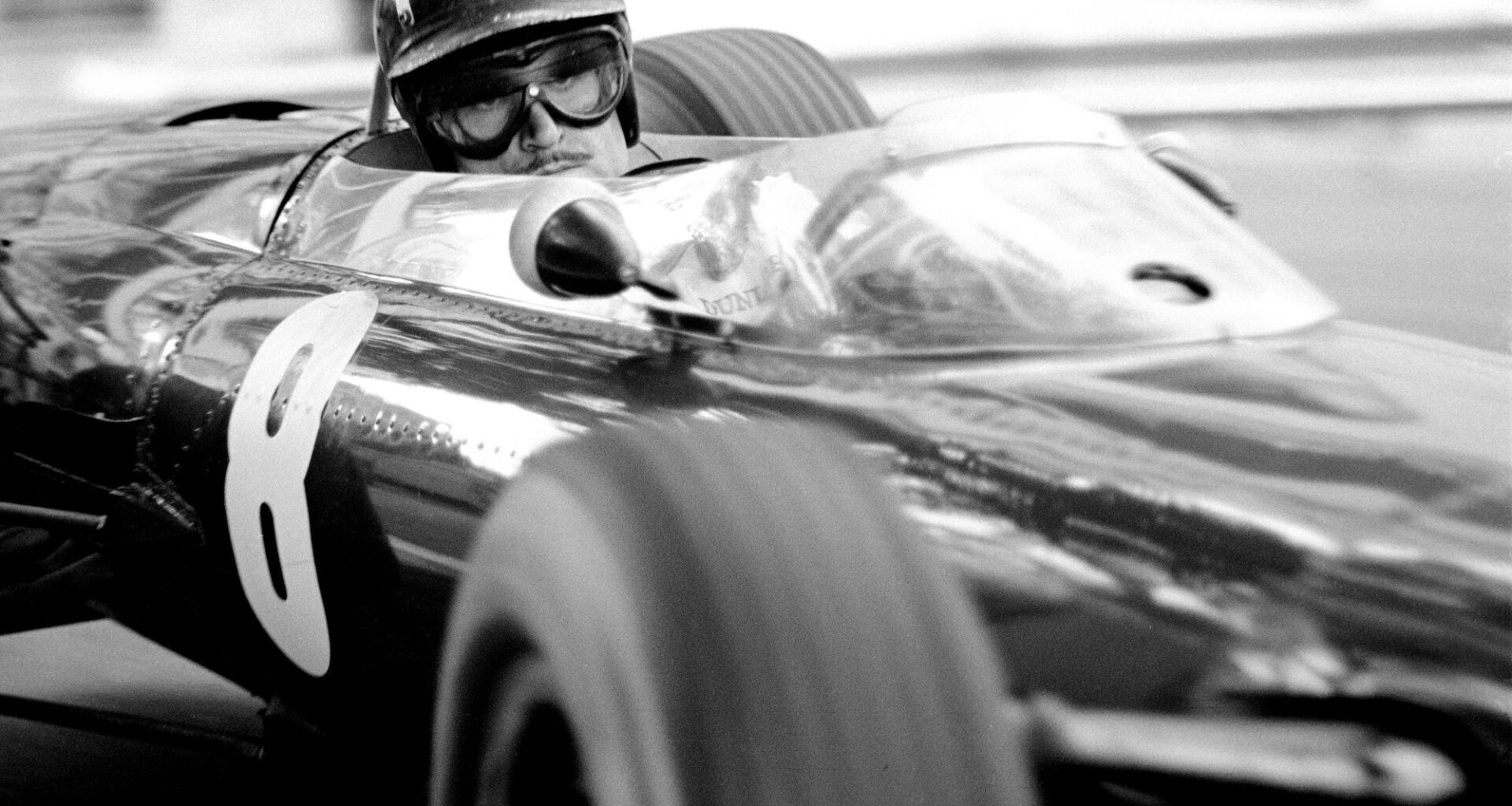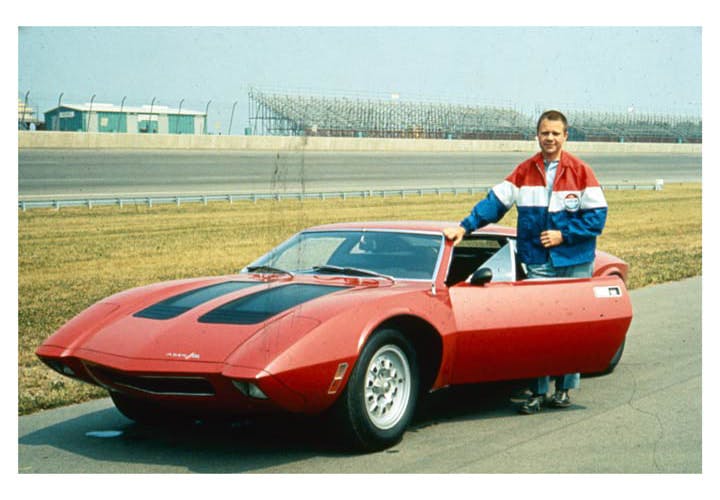Double World Rally Champion Kalle Rovanperä has just announced that he is swapping to single-seaters for 2026 in a bid to add a Formula 1 title to his résumé. Switching first to Japan’s Super Formula, with support from Toyota, the 25-year-old Finn is aiming to work his way up to the highest level of circuit racing. Lia Block, 19, is a tiny but important step closer to the same goal: She has just won her first race in F1 Academy after making the switch from rally, where she was crowned 2023 American Rally Association Champion, to racing on the same circuits as F1.
Meanwhile, four-time Formula 1 title winner Max Verstappen, a long-time sim-racing fanatic, has his sights on winning the real-life Nürburgring 24 Hours, and just won his first endurance race in the GT3 class as part of the qualifying process.
This flurry of multi-disciplinary driving activity got us thinking … just who is the best all-around racer of all time? Take a look at the candidates and let us know your thoughts in the comments.
Graham Hill
Britain’s Graham Hill (top) is the only driver to have ever won the coveted Triple Crown: the Monaco Grand Prix, the Indy 500, and the 24 Hours of Le Mans. In fact, Hill won at Monaco five times, between 1963 and 1969, took the checkered flag at Indy in 1966, and at La Sarthe in 1972, as well as notching up two F1 drivers’ titles.
Jim Clark
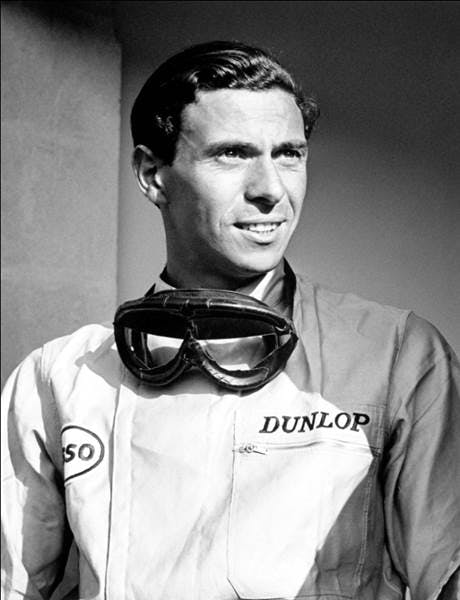 Lotus
Lotus
Having begun his career competing in road rallying in his native Scotland, three-time F1 champion Jim Clark was also an Indy 500 victor, taking the top step of the podium in 1965. He raced at Le Mans five times, with a best finish of third for Aston Martin in 1960, but never quite managed to get the glory on the streets of Monte Carlo. Alongside his Grand Prix career, Clark also won the Tasman Series three times and took the British Saloon Car Championship in 1964. On top of all that, Clark raced in the USAC, and in Formula 2, the class in which he was tragically killed at the Hockenheimring in 1968.
John Surtees
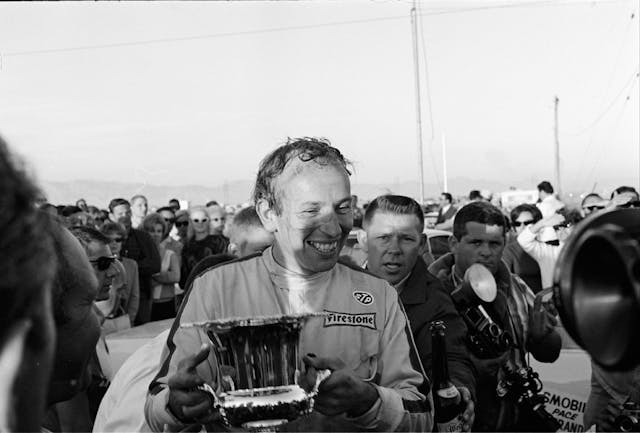 The Enthusiast Network via Getty
The Enthusiast Network via Getty
Englishman John Surtees won the first of his seven World Championships on two wheels in 1956, with MV Agusta providing bikes in the 350cc and 500cc categories. The Italian manufacturer supported him as he dominated motorcycle racing before he made the switch to four wheels. In fact, in 1960, when Surtees won his final titles, he was also competing in F1 for Lotus. That’s major multi-tasking. In 1964, while driving for Scuderia Ferrari, Surtees won the Formula 1 Drivers’ Championship. He remains the only man to have won World Championships on both two and four wheels.
Mario Andretti
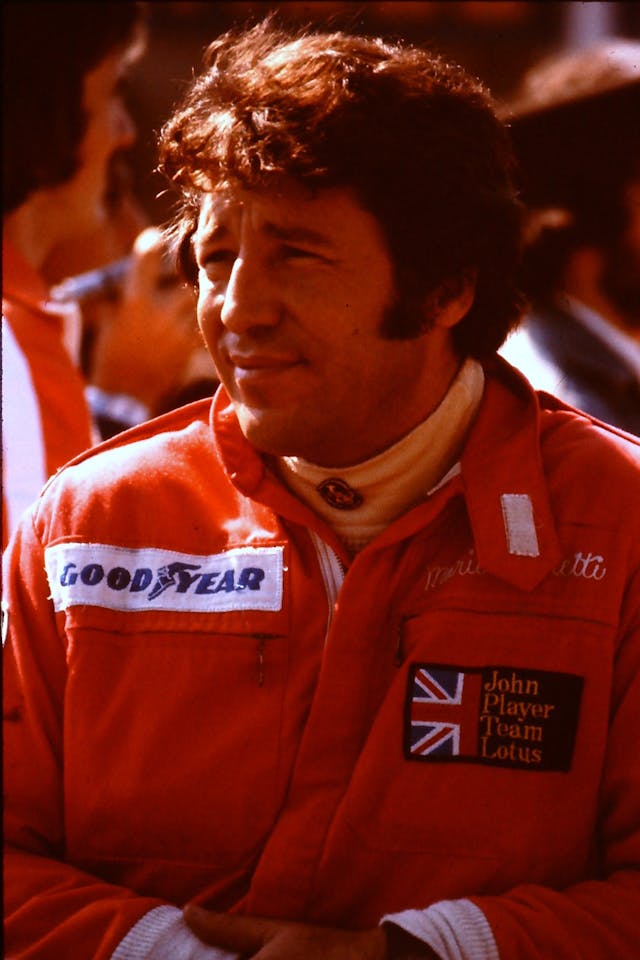 Paul H Gulde Photography
Paul H Gulde Photography
Italian-American Mario Andretti’s rise through motorsports ranks started in stock cars, moved into midget racing, then sprint cars, before breaking into IndyCar in 1964, where he was named Rookie of the Year. Between 1965 and 1969, Andretti took three USAC titles, while simultaneously competing in NASCAR. What’s more, in 1968, he joined Team Lotus to compete in Formula 1, where he would continue to race with teams including Parnelli, Ferrari, and Alfa Romeo until 1982, securing the World Drivers’ Championship in a Lotus in 1978. Andretti switched back to IndyCar, racing for Penske, Patrick, and Newman/Haas until 1993. Somehow, he also managed to compete in sports cars, winning the 12 Hours of Sebring, the 6 Hours of Daytona, and racing at Le Mans several times over four decades. It’s no surprise that Andretti was named Driver of the Century by the Associated Press and Racer magazine, among a host of other awards.
A.J. Foyt
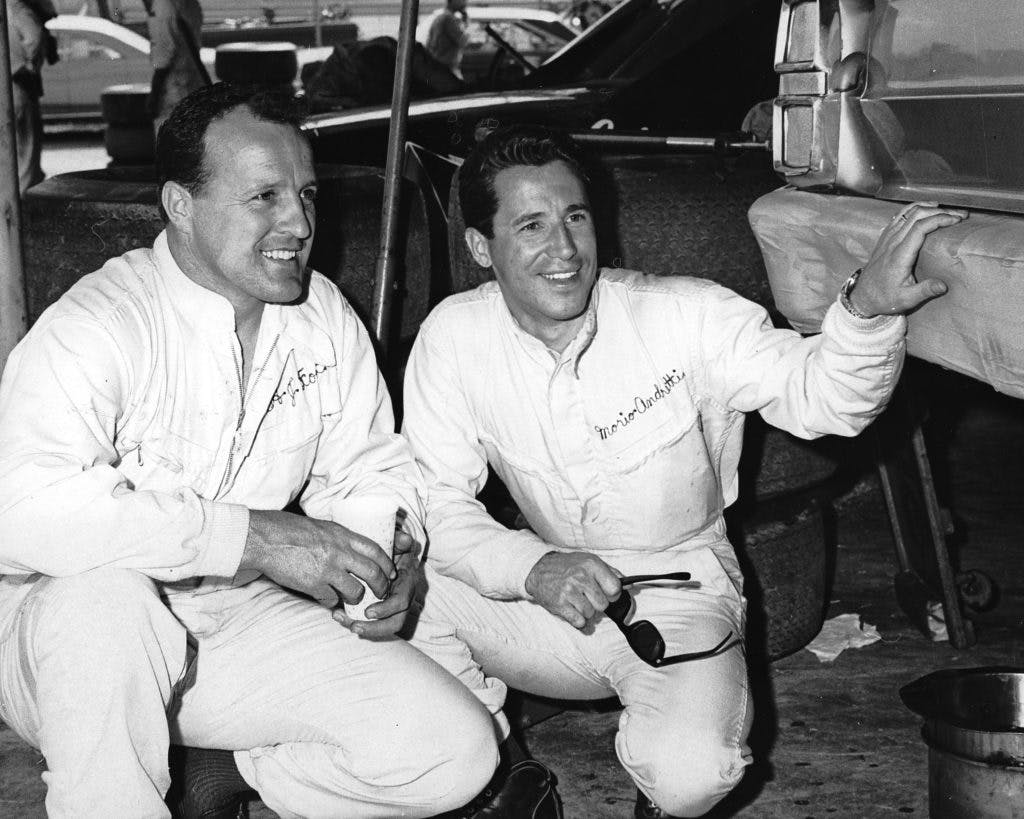 Indy Car stars A. J. Foyt (L) and Mario Andretti (R) chat in the garage area at a NASCAR Cup race, 1967.ISC Images & Archives via Getty Images
Indy Car stars A. J. Foyt (L) and Mario Andretti (R) chat in the garage area at a NASCAR Cup race, 1967.ISC Images & Archives via Getty Images
Anthony Joseph Foyt Jr. was the first four-time winner of the Indy 500, having competed every year for an incredible 35 years, from 1958 to 1992. The Texan won Le Mans on his only attempt in 1967, took wins at the 12 Hours of Sebring (1985) and the 24 Hours at Daytona (1983, 1985) to net the Triple Crown of sports-car racing, and competed in NASCAR from 1964 until 1994. Prior to joining the big leagues, he also notched up 41 USAC Stock Car victories and took 50 wins across Sprint Car, Midget, and Dirt Champ Car series.
Mark Donohue
They called him Captain Nice, but it was New Jersey man Mark Donohue’s ability to set up his cars to perfection, across seemingly any formula, that made him such an accomplished racer. Donohue won his first SCCA championship in 1961 and in 1966 was signed by Ford to campaign the GT40, scoring podiums but never the top step. When he switched to Penske to drive its Lola T70 in 1967, he won six out of seven rounds of the U.S. Road Racing Championship and won the 24 Hours of Daytona in 1969. Alongside all this, he was racing in the Trans-Am series and in NASCAR with Penske, and in Can-Am with Porsche, where his engineering expertise turned the car into a race winner. Somehow, he also found time to compete in F1 for three years, to drive the Indy 500 five times (he won in 1972), and to win the inaugural International Race of Champions.
Tony Stewart
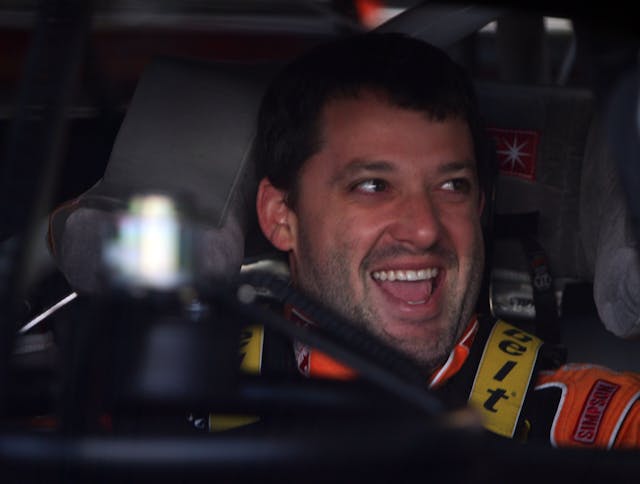 Getty Images
Getty Images
As is so often the case with modern A-list drivers, Tony Stewart got his start in karting. He won his first championship in 1980, his second year of competitive karting, and went on to secure a World Karting Association championship in 1987. From there, Stewart took on USAC, securing that league’s triple crown in 1995. It wasn’t long before he took IndyCar by storm, securing the 1997 IRL championship. After that, it was NASCAR, with three Cup titles across his twenty-one year tenure there. Add in titles in IROC and SRX, very nearly a Daytona 24 Hours win, the fact that he’s the only driver to complete all laps of “the Double”—the Indy 500 and the Coke 600—and an impressive 2025 season in NHRA’s Top Fuel class, and it’s easy to see why Stewart’s always in contention for best all-rounder.
Kyle Larson
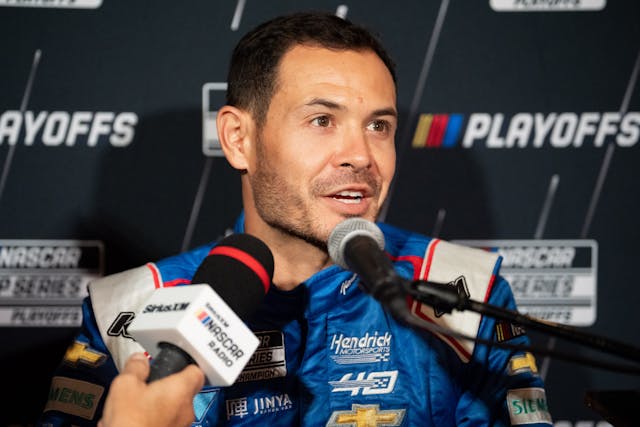 Jacob Kupferman/Getty Images
Jacob Kupferman/Getty Images
Of today’s drivers, California’s Kyle Larson has to be about the busiest, even going as far as competing in the Indy 500 and the Coca-Cola 600 (“The Double”) on the same day. He may have crashed out of both races this year, but you’ve got to admire the commitment. Like many of the best all-rounders, Larson began his career on dirt, running outlaw karts as a kid and moving on to midget and sprint cars. Ever since joining NASCAR in 2012 (where he won the K&N Pro Series East in his debut year), Larson has only had one year where he’s stuck to a single series. In 2014, for example, he raced in the NASCAR Sprint Cup, the IMSA Tudor United SportsCar Championship, NASCAR Nationwide Series, NASCAR Camping World Truck Series, NASCAR K&N Pro Series West, and the ARCA Racing Series. Larson also won the 24 Hours of Daytona in 2015 and the NASCAR Cup in 2021.
Nigel Mansell
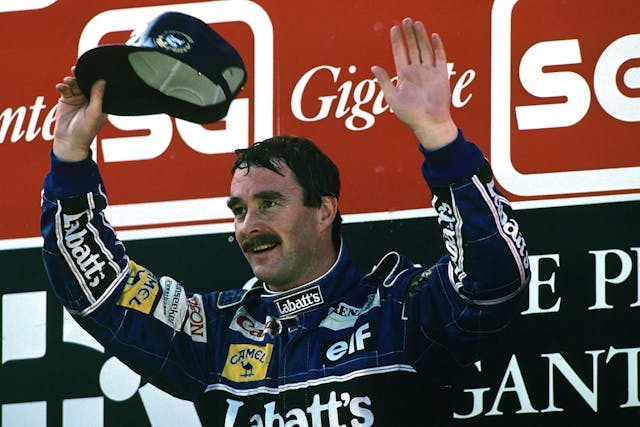 Getty Images
Getty Images
Brit Nigel Mansell’s early days in Formula 1 with Lotus weren’t particularly fruitful, on the track or off it. In fact, Mansell was so short of cash in 1982 that he was planning to race at Le Mans, because he’d been offered £10,000 to take part. Lotus boss Colin Chapman deemed the feat too risky, and coughed up the money. Mansell never made it to La Sarthe. He switched to Williams, then Ferrari, and then Williams again. It was with Williams, in 1992, that he won the F1 drivers’ title. Immediately, Mansell jetted off to America to join Newman/Haas and won the 1993 PPG Indy Car World Series—the only time a reigning F1 champ has done such a thing. Mansell briefly came out of retirement to join Ford in the British Touring Championship in 1998, where he competed three times, and led on occasion, but never won a race.
Jacques Villeneuve
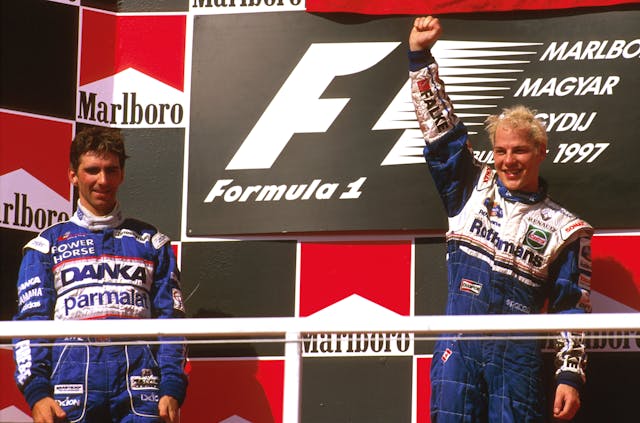 LAT Photographic
LAT Photographic
Canadian Jacques Villeneuve did the reverse of Mansell, making the switch to F1 immediately after winning the 1995 PPG Indy Car World Series with Team Green. Two years later, driving a Williams, Villeneuve would achieve something his father never managed: He won the Formula 1 World Championship for drivers. Villeneuve stuck around in F1 until 2006, driving for BAR, Renault, and Sauber, before trying his hand at a variety of different formulae. He’s raced at Le Mans twice, dabbled in numerous NASCAR events, tried World Rallycross and V8 Supercars, and even Formula E—unfortunately, all without a victory.
Juan Pablo Montoya
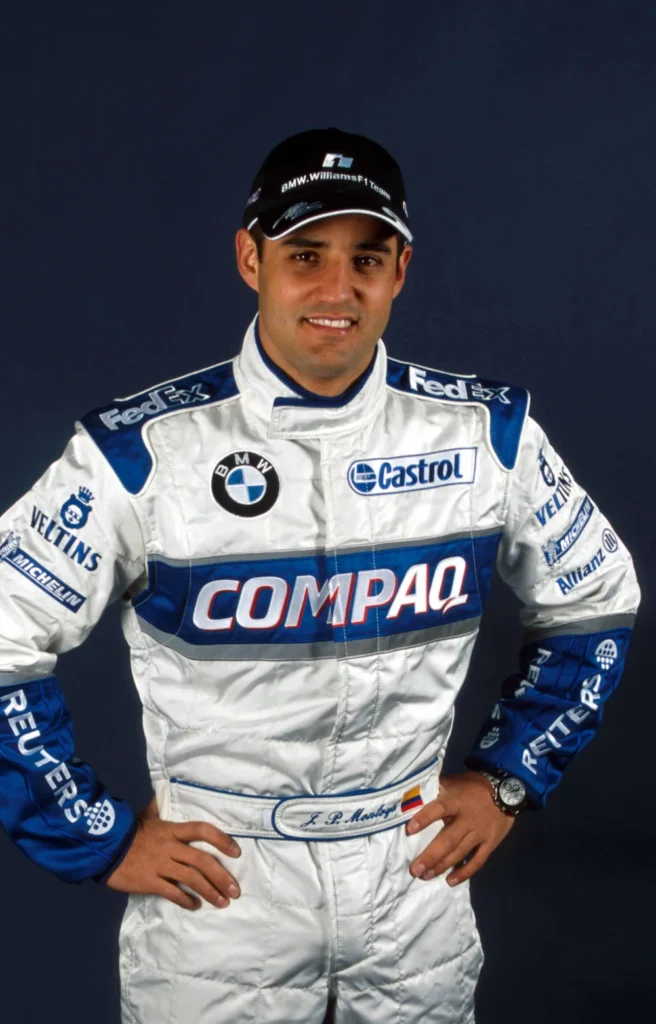 BMW Sauber
BMW Sauber
Juan Pablo Montoya is the Colombian export that everyone can admit to loving. He won his first CART race in 1999 at Long Beach and went on to become the series’ youngest champion at the age of 24 and, after Mansell, its second rookie champ. His 2000 season was less competitive, although he did win the Indy 500. Montoya made the move to F1 with Williams for 2021, where he stayed until 2004, notching up four wins in the process. Next came a shorter spell with McLaren, which added three more victories to his tally. Since then Montoya has split his time between NASCAR, Sports Cars, WEC, and IndyCar. Notable wins include three victories at the Rolex 24 at Daytona and overall honors in the 2019 IMSA SportsCar Championship’s DPi class.
Fernando Alonso
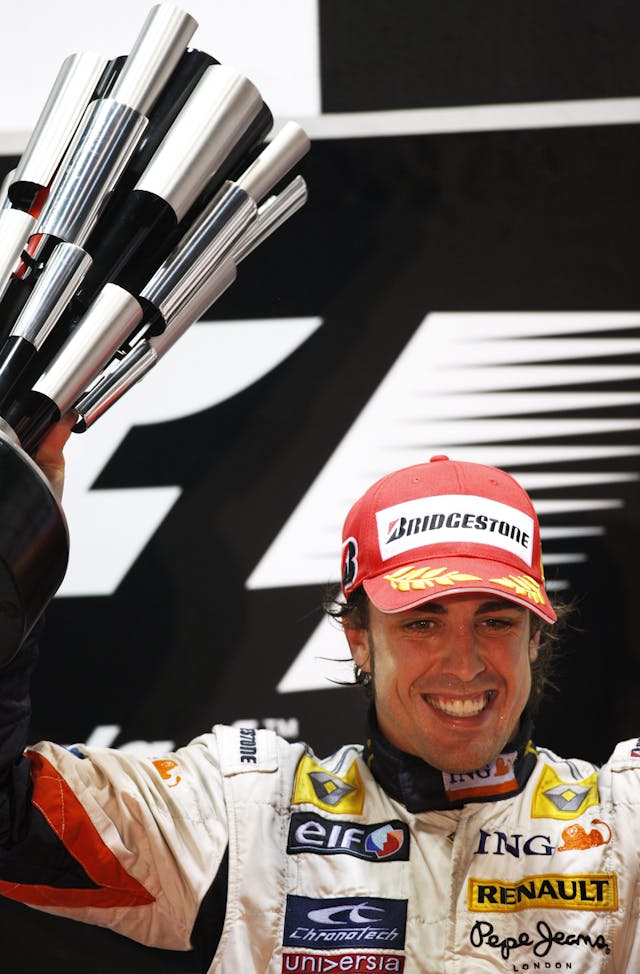 Darren Heath/Getty Images
Darren Heath/Getty Images
Double F1 World Champion Fernando Alonso has long set his sights on matching Graham Hill for the Triple Crown, and he almost got there. In 2018 and 2019, the Spaniard won Le Mans with Toyota, but his 2020 Indy 500 attempt ended with a 31st-place finish. Alonso has also dabbled in marathon rallying, taking on the Dakar in 2020, when he finished 13th.
Robert Kubica
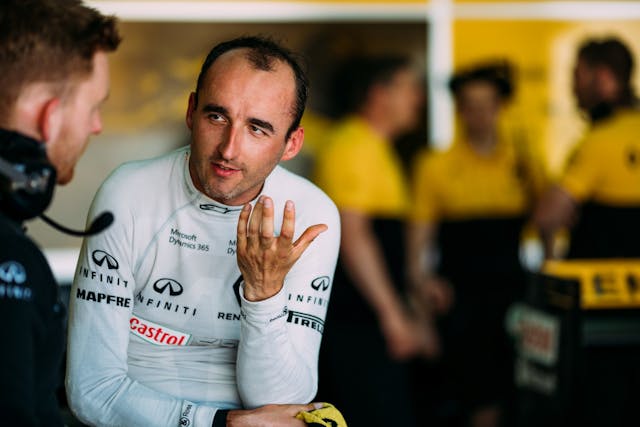
Poland’s Robert Kubica is not just multi-talented but seemingly determined to drive through any adversity. Between 2006 and 2008, he drove for BMW Sauber in F1, notching up a single win in the 2008 Canadian Grand Prix. During a follow-up stint for Renault, he decided to do some rallying and in 2011 suffered a horrific crash that required a partial amputation of his right arm. Amazingly, Kubica was racing again the next year, winning a rally in Italy. He won the WRC-2 championship for Citroën in 2013 and drove for Ford the following year. In 2018, he was back in F1 as Williams’ reserve driver and then drove the full 2019 season. Subsequently, Kubica has won the 2021 European Le Mans Series for LMP2, and even more impressively won Le Mans in 2025 with Ferrari.
Kimi Räikkönen
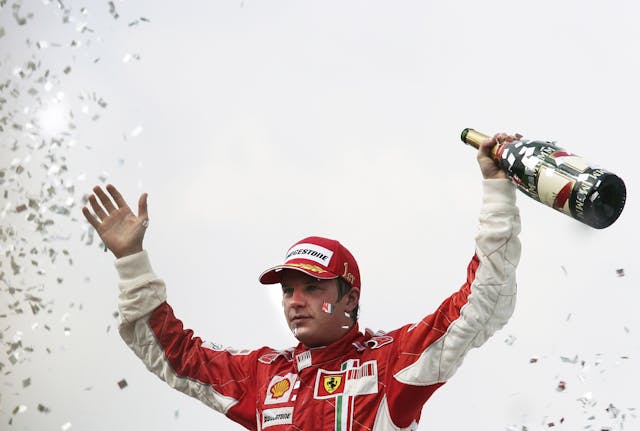 Darren Heath/Getty Images
Darren Heath/Getty Images
2007 Formula 1 World Champion Kimi Räikkönen might be best remembered for his famous “Leave me alone, I know what I’m doing” radio message, but beyond the Grand Prix grid, there’s also plenty to talk about. During a sabbatical from F1, Räikkönen took part in the World Rally Championship in 2009 and 2010 and even made a couple of appearances in NASCAR’s Camping World Truck Series and the Nationwide Series in 2011. He rejoined the F1 circus from 2012 to 2021, adding three wins to his tally with Lotus and Ferrari before finishing his single-seater career with Alfa Romeo. In 2022 and 2023, he made a couple of appearances in NASCAR, although he might prefer you not mention those.
Tom Kristensen
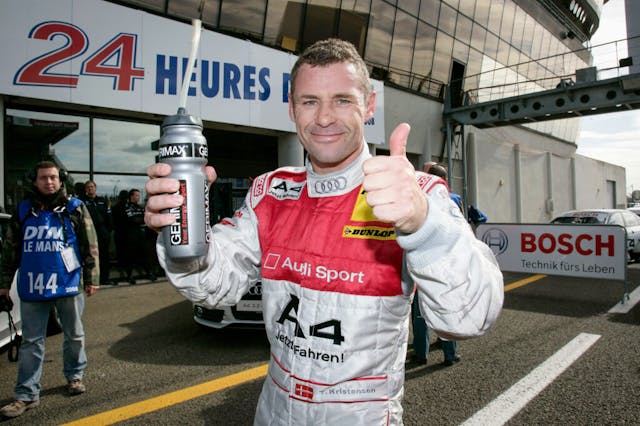 Audi
Audi
Denmark’s Tom Kristensen is best-known as “Mr. Le Mans,” having won the 24-hour race more times than anyone else. (Nine, since we’re counting.) Before his glory at La Sarthe, Kristensen raced in Touring Cars and Formula 3000 in Japan, and the All-Japan GT Championship. Moving to the international stage, he won the 12 Hours of Sebring seven times and also secured the FIA World Endurance Championship in 2013. You’ll also find British and German Touring cars on his résumé as well. More recently, he’s proven to have a hot hand driving classics, bagging this year’s Goodwood St. Mary’s Trophy in a Ford Thunderbird.
